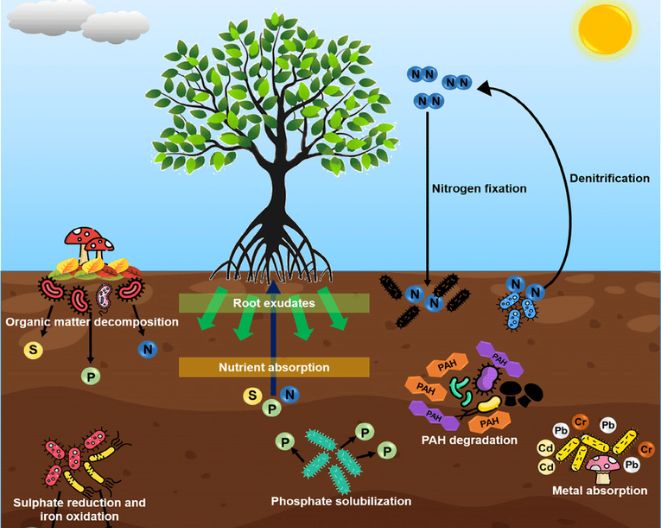In an era where sustainability and environmental conservation are paramount, agroecological farming stands out as a promising approach to revolutionizing agriculture. This blog post delves into the concept of agroecological farming, its rewards, and the roadblocks it faces. Join us as we explore how this innovative approach can pave the way for a greener, more sustainable future.
What is Agroecological Farming?
Agroecological farming is a holistic, sustainable approach to agriculture that blends traditional farming wisdom with modern ecological knowledge. It aims to create a balanced ecosystem within farms, relying on the principles of diversity, synergy, and minimal external inputs. Let’s take a closer look at the rewards and roadblocks associated with agroecological farming.
Rewards of Agroecological Farming
First, highlight the positive outcomes and benefits associated with the practice of agroecological farming. Agroecological farming is an approach that integrates ecological principles into agriculture to create a more sustainable and environmentally friendly farming system. The rewards of agroecological farming refer to the advantages and positive consequences that farmers, ecosystems, and society can expect from adopting this method. Here are some key rewards associated with agroecological farming:
1. Biodiversity Boost
One of the most significant rewards of agroecological farming is the enhancement of biodiversity. By encouraging the coexistence of multiple species of plants and animals, these farms create a vibrant ecosystem that supports pollinators, beneficial insects, and birds. This not only benefits the environment but also improves crop yields.
2. Improved Soil Health
Agroecological farming prioritizes healthy soil through reduced use of synthetic fertilizers and pesticides. By fostering organic matter and microbial activity in the ground, this approach enhances soil fertility and structure, ensuring long-term sustainability.
3. Climate Resilience
With climate change becoming a pressing concern, agroecological farming shines as it promotes climate-resilient crops and practices. By diversifying crops and conserving water, these farms are better equipped to withstand extreme weather conditions.
4. Enhanced Food Security
Agroecological farming empowers local communities and small-scale farmers, reducing dependence on external inputs and market fluctuations. This leads to greater food security as it ensures a consistent supply of diverse and nutritious crops.
5. Cost-Efficiency
While transitioning to agroecological farming may require initial investments and changes in practices, it often proves to be cost-effective in the long run. Reduced input costs and increased crop resilience frequently result in higher profits for farmers.
Roadblocks to Agroecological Farming
Secondly, we should focus on the challenges, obstacles, and barriers that agroecological farming faces when attempting to gain wider adoption and acceptance. Agroecological farming, while promising, encounters various hindrances that need to be addressed for it to become more prevalent in modern agriculture. Here are some common roadblocks to agroecological farming:
1. Resistance to Change
Many conventional farmers are hesitant to embrace agroecological practices due to a lack of knowledge, concerns about potentially reduced yields during the transition, and the fear of increased labor requirements.
2. Policy and Financial Barriers
Agroecological farming often competes with well-established conventional farming systems that benefit from subsidies and have established markets. These policy and financial barriers can hinder the transition to agroecological methods.
3. Education and Training
Successful adoption of agroecological farming relies on proper education and training. Farmers need access to knowledge and resources to make the transition successfully, which can be a challenge in some regions.
4. Consumer Demand
Shifting consumer preferences towards agroecological products is crucial for market success. Education and awareness campaigns are needed to inform consumers about the benefits of supporting sustainable farming practices
5. Research and Innovation
More research and innovation are required to optimize agroecological farming techniques, adapt them to different regions, and address specific challenges. This lack of research and innovation can slow down the widespread adoption of agroecological methods.
Conclusion
Agroecological farming is a transformative approach with the potential to green the future of agriculture. While it offers numerous rewards, it also faces significant roadblocks. Overcoming these challenges will require collaborative efforts from farmers, policymakers, researchers, and consumers. Embracing agroecological farming can lead us toward a more sustainable, environmentally friendly, and resilient agricultural future, benefiting both people and the planet.





